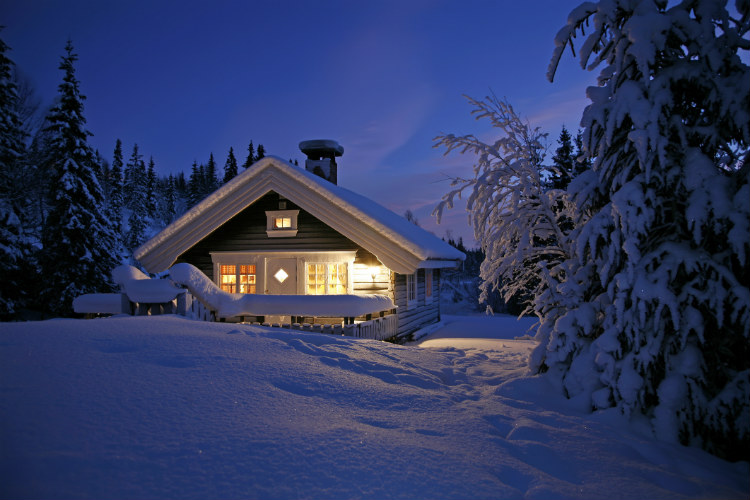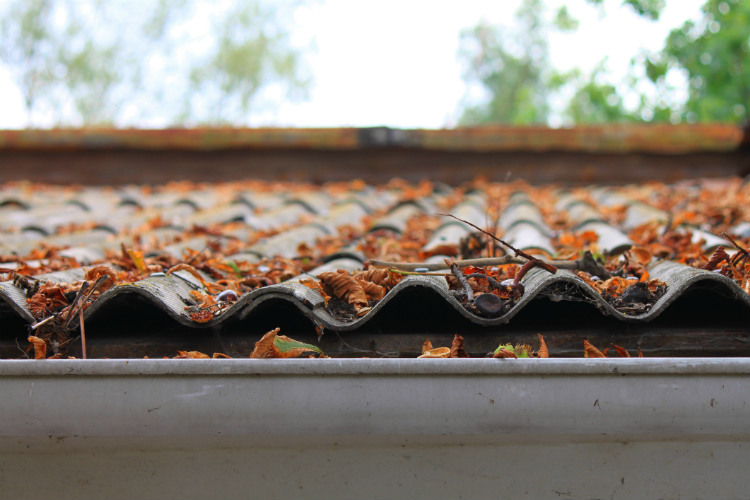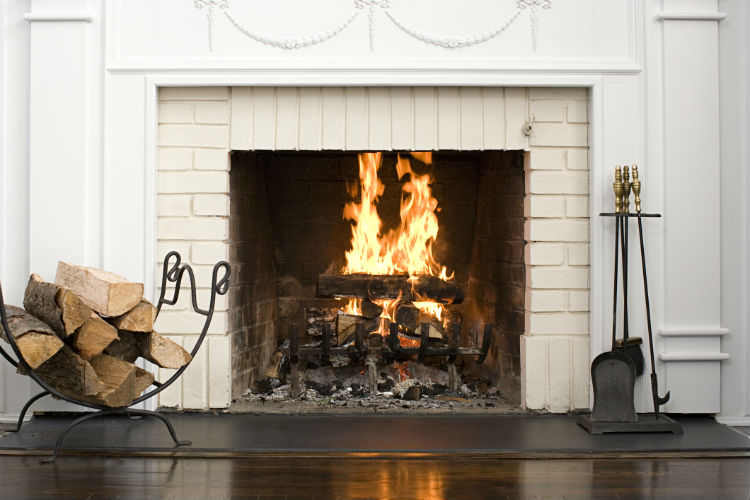Property tips: How to winter-proof your home
We might have passed the shortest day, but we’re still very much in the thick of winter.
While the bracing cold and falling snow have their upsides, stormy conditions and constant rain can play havoc with your property.
Follow these top tips for protecting your home in winter.
Outside: Keeping the cold out
One of the less pleasant tasks to take care of in winter is cleaning out the gutters.
If the property has conventional gutters, it’s worth checking them for leaves and other debris that may have built up over autumn.
Cleaning out these blockages is key to preventing water damage.
To lessen the workload each winter, gutters can be fitted with spikes or ‘hedgehog’ brushes, which reduce the number of leaves that actually make it into the gutter.
Another protective measure to take before winter is to seal up any gaps in foundations or walls.
As well as preventing cold winds from entering the property, this also reduces the chances of freeze-thaw damage during sub-zero periods.
Another fix for winter is to install outdoor lighting, as this can improve both safety and security.
A motion-activated light can act as a basic burglar deterrent, in addition to lighting the way for guests looking to reach the property.
If you’re installing lights for the first time, however, make sure that they’re calibrated for the distance and darkness levels.
If the sensor can’t detect movement, it won’t turn on, while the wrong light calibration might mean that the device remains on in daylight, wasting energy.
Inside: Staying snug and secure
If you’re winter-proofing your own home and aren’t limited to a tight budget, it might be an idea to upgrade to double-glazed windows.
Double-glazing is considered superior to a regular single-pane setup; in addition to reducing heat loss, it also reduces condensation and traps heat within the property.
For maximum efficiency, you can splash out on triple-glazing windows, but even an upgrade from single to double should be enough to cause a noticeable improvement.
If the property has a chimney, getting it thoroughly swept before using the fireplace is essential to prevent any unwanted soot damage.
An un-swept chimney can also become blocked, causing harmful smoke to build up in the room and raising the risk that the blockage could become dislodged and cause fire damage.
Radiators are something else to factor in during winter – if these haven’t been used over the summer, they may need bleeding to remove trapped air.
A radiator with trapped air is identifiable by the distribution of heat – if the top is cold but the bottom is hot, a bleed is required.
Bleeding a radiator may sound like a gruesome task, but the actual process is fairly painless, involving a simple valve turn and the mop-up of any water that drips out.
In addition to improving radiator efficiency, the pipes supplying hot water can also be improved with insulation.
Lagging pipes (wrapping them up) will reduce the chances of them freezing during cold weather, which in turn reduces the risk of a burst pipe.
For boilers, it can be a good idea to get a service in the winter to prevent any unwanted complications.
If the property won’t be occupied during the winter, it can help to set the boiler to briefly activate once a day. This can usually be accomplished via an automated timer system.
Finally, making sure that smoke and fire alarms are in good working order is another safety check to make in winter due to the common use of candles and log fires during the darker months.
Winter-proofing your property might not be fun, but it can save you time and money down the line, so it’s well worth doing!










